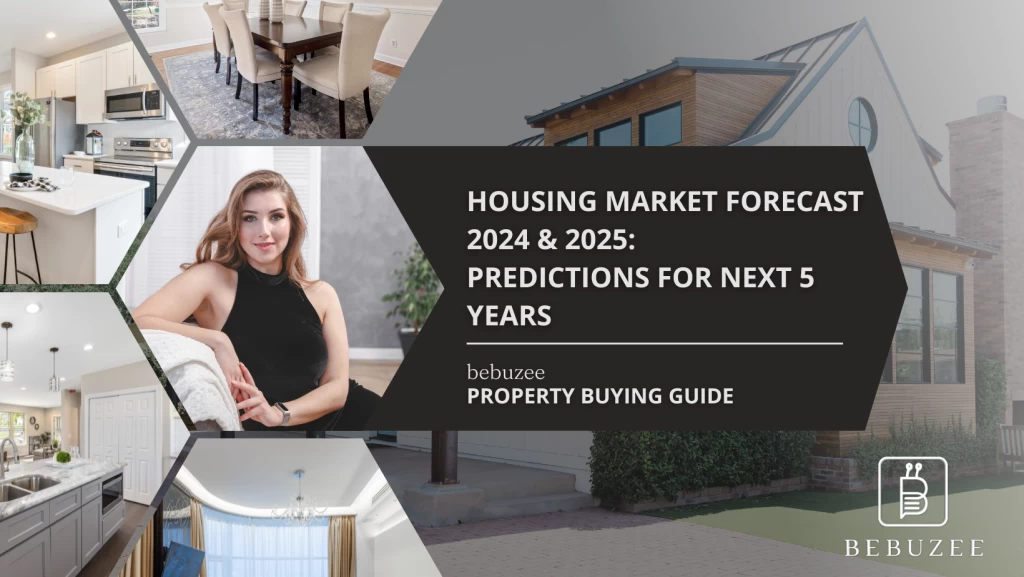How to Successfully Buy Overseas Preconstruction Homes

This article explores the advantages of buying preconstruction homes overseas, the risks involved and some precautions to take.
The Advantages of Buying Preconstruction Homes
Buying preconstruction homes definitely offer great advantages. First you get to CHOOSE! You don't just settle for any kind of property; you can select design features and specifications. You can actually be involved in the design of your new investment. If you're a property specialist, you will be able to tweak some features and make the home desirable to prospective tenants.
Also, these kinds of properties offer the best deals. You get the lowest deals on pre-construction homes within the first two weeks of the project's launching. Buying a preconstruction home also means that you don't have to worry about repairs and maintenance. You may not have to perform renovation on a new home for the next five years.
Buying Preconstruction Homes Overseas Is Risky
Just as they offer great rewards, buying pre-construction real estate overseas can quickly turn out to be a sour deal. Hence these investments require foresight, research and an ability to think and make deductions like an investor rather than the average buyer. You should be able to determine where the neighborhood is heading in the near future and also make a comparison of project options within your budget constraints.
The biggest risk behind pre-construction houses is that it's a non-liquid investment. For the period in which the property is being built, which can be two to four years, in the case of condo units, you freeze up a large chunk of capital. Although you might have access to visual representations or projections, you're practically buying an invisible property. You've not seen the finishes or the outward finishes.
These properties also require more down-payment requirements than their resale counterparts and you can't touch your cash or pull out should you need your money. So, it is a risky proposition. How do you protect your investment in this case?
Rules To Follow When Buying Preconstruction Homes Overseas
1. Never pay the full price upfront on a pre-construction property. It's standard to pay 30% of the cost during construction and the rest on completion. You should pay the balance when the property is move-in ready and when you can transfer the title to your name.
2. Check the specification. Do not leave this to the developer. The more detail you add to your contract, the more likely you are to get what you expect. Detail all. Start with the exact size of the home, broken down by rooms and hallways, patios, balconies and storage space.
3. Time. Get a clear deadline for the completion and delivery of the property. Most developers do not finish as scheduled. But do not allow the developer to add a 12-month overload period and go scot-free. He should have to pay a fine if he’s unreasonably late.
4. Make sure you are covered if something goes wrong. The contract should give you a decent time frame for snag-checking, and outline what type of builder's warranty you get. Be sure to include a clause that covers what kind of steps you will take if you cannot resolve a problem with the developer, be it mediation with a trade body, arbitration or a lawsuit. In some countries, if the developer doesn’t complete the property, you will get some of your money. That is not the norm, though.
Buying pre-construction property can be very profitable when you’re in the right market. These rules will help put you on the right track for a successful purchase.




